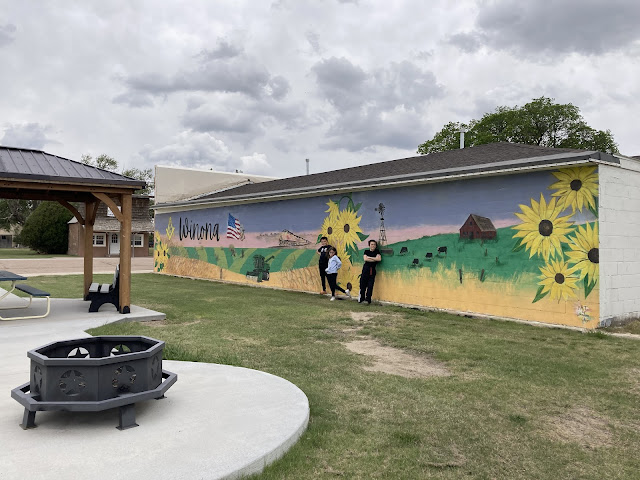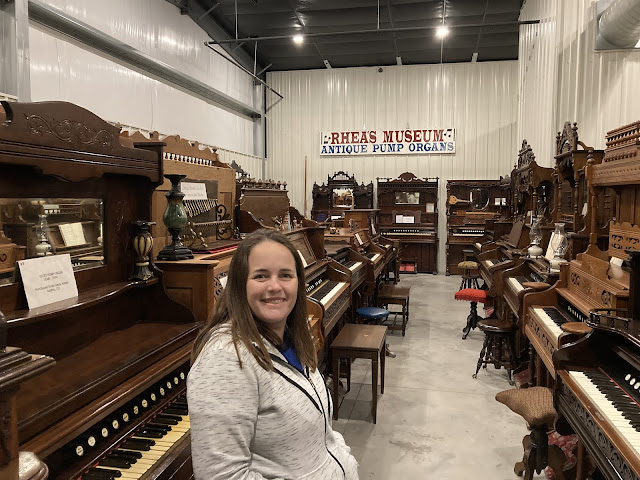Grinnell is a quiet little town with grain elevators, nice homes, a park, and a few stores on Adams, the main street. There are also Methodist and Catholic churches, a fire station, and -- our kids' favorite -- a howitzer at the park. It seems to be a place where the folks know and appreciate their history.






















